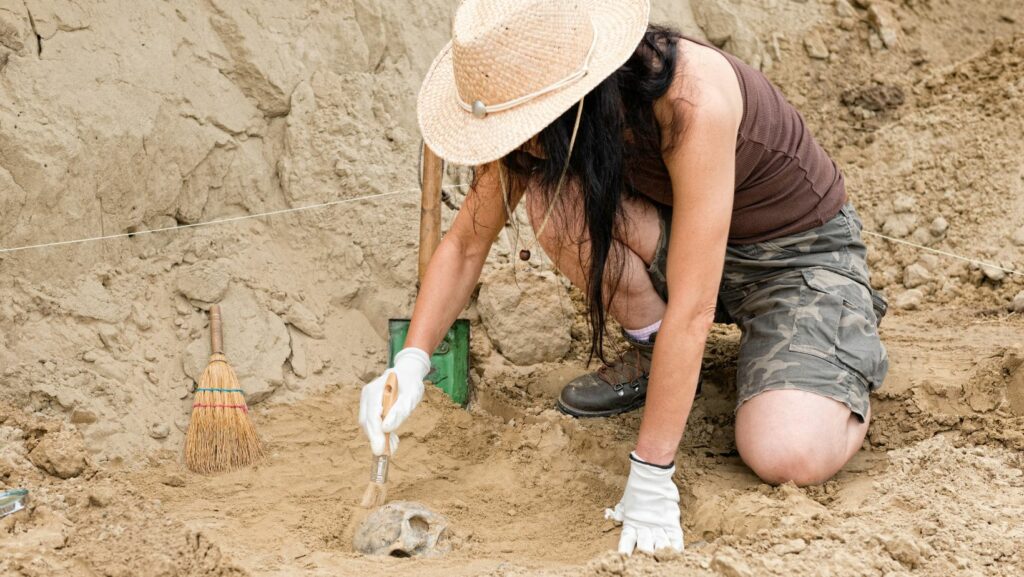
The Archaeologists’ Term “Correlated Age” Means Was Explained
The Archaeologists’ Term “Correlated Age” Means
The term “correlated age” is a commonly used concept in archaeology that refers to the process of determining the age of an artifact or archaeological site by comparing it to other objects or sites with known ages. Essentially, it involves establishing a relationship between different archaeological finds based on their similarities and differences.
When archaeologists are unable to directly date an object or site using absolute dating methods like radiocarbon dating, they often rely on relative dating techniques. Correlation plays a crucial role in this process as it allows them to estimate the approximate age of an artifact or site based on its association with other known objects or contexts.
By examining the stratigraphic layers, cultural traits, typologies, and geological characteristics of various archaeological sites, researchers can establish correlations between them and assign relative ages. This helps create chronological frameworks that aid in understanding patterns of human migration, cultural development, and technological advancements throughout history.
In conclusion, the term “correlated age” is fundamental in archaeology as it enables researchers to piece together the puzzle of our past by establishing connections between different artifacts and sites. Through careful analysis and comparison, archaeologists can gain valuable insights into ancient civilizations and reconstruct historical timelines with greater accuracy.

How is Correlated Age Determined?
Determining correlated age in archaeology involves a meticulous process that combines various dating techniques and methods. Archaeologists employ several approaches to establish the age of artifacts or archaeological sites, allowing them to understand the chronological sequence of events accurately. Here’s an overview of how correlated age is determined:
- Stratigraphy: One common method used by archaeologists is stratigraphy, which involves studying the layers of soil or sediment in an excavation site. By carefully examining these layers, experts can determine the relative order in which different artifacts or features were deposited. This allows them to create a chronological framework for the site.
- Radiocarbon Dating: Another widely used technique is radiocarbon dating, which relies on measuring the decay of radioactive carbon isotopes (carbon-14) found in organic materials such as charcoal or bone fragments. By comparing the ratio of carbon-14 to stable carbon isotopes, archaeologists can estimate the age of samples up to around 50,000 years old.
- Dendrochronology: For objects made from wood, dendrochronology provides valuable insights into their age. This method uses tree-ring patterns found in ancient timbers or wooden artifacts to establish a precise calendar date for when the trees were felled.
- Potassium-Argon Dating: Potassium-argon dating is primarily used for dating volcanic rocks and minerals that contain potassium-bearing minerals like mica and feldspar. By measuring the ratio of potassium-40 to argon-40 isotopes present in these materials, archaeologists can determine their approximate age.
- Optically Stimulated Luminescence (OSL): OSL dating measures trapped electrons within mineral grains such as quartz and feldspar that have been exposed to sunlight at some point during burial. By estimating when these grains were last exposed to light, researchers can calculate the time since they were last buried and thus determine the age of the archaeological site.
It is important to note that these dating methods are not always applicable to every archaeological context, and multiple techniques are often used in combination for more accurate results. By utilizing these various approaches, archaeologists can establish a correlated age that provides valuable insights into past civilizations and cultural developments.
In the next section, we’ll explore some fascinating examples where correlated age determination has shed light on ancient societies and historical events. Stay tuned!





